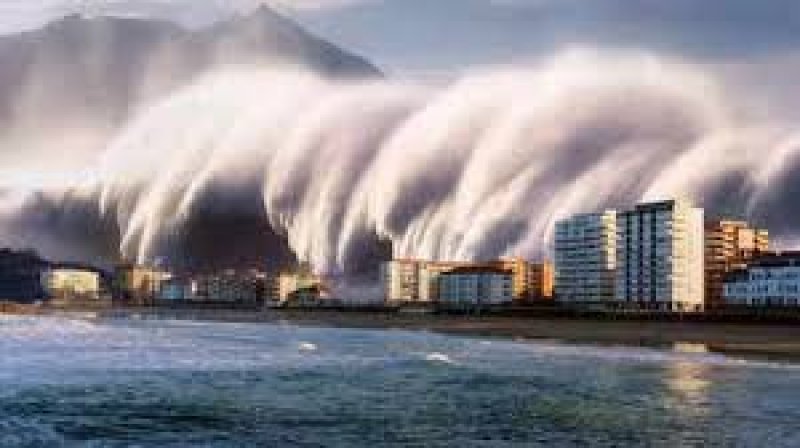
Mega-tsunami warning: Could a 1,000-foot tsunami hit the US Pacific Coast?

Stretching roughly 600 miles from Northern California to Vancouver Island, this fault line accumulates massive tectonic stress as the Juan de Fuca Plate slides beneath the North American Plate. Researchers from Virginia Tech, led by geoscientist Tina Dura, estimate there is a 15% chance of a magnitude 8.0 or greater earthquake occurring along the CSZ within the next 50 years. TOI reported.
According to their study published in the Proceedings of the National Academy of Sciences, such an event could suddenly sink coastal land by up to 6.5 feet, dramatically expanding floodplains and generating tsunami waves hundreds of feet high, posing unprecedented risks to millions of residents, critical infrastructure, and ecosystems along the West Coast.The Cascadia Subduction Zone is one of North America’s most hazardous fault lines, according to the Virginia Tech research team. Over centuries, tectonic stress builds as the oceanic Juan de Fuca Plate is forced beneath the North American Plate. When this stress is released during a major earthquake, coastal regions could experience sudden land subsidence, dramatically increasing floodplain areas and altering shorelines almost instantly.
The last great earthquake along this fault occurred in 1700, triggering a tsunami recorded as far away as Japan. The Virginia Tech study emphasizes that a similar event today would have far more devastating effects due to dense populations, developed urban infrastructure, and critical transportation networks along the coast. Researchers warn that rapid inundation could leave little time for evacuation, magnifying the human and economic toll.


